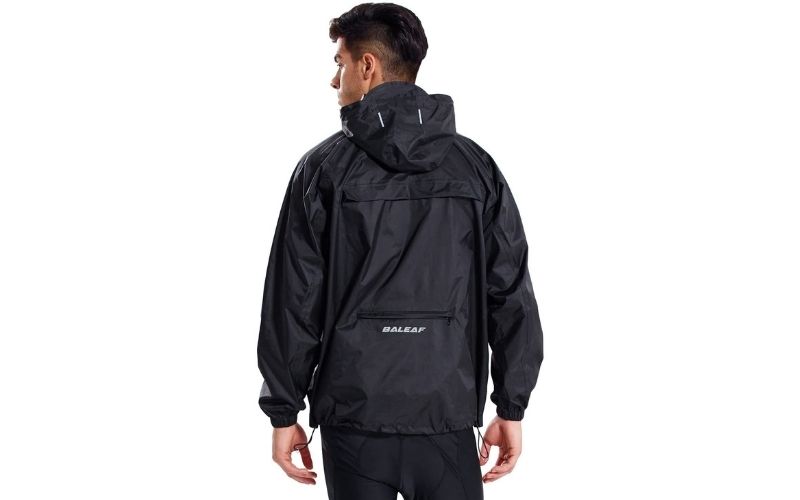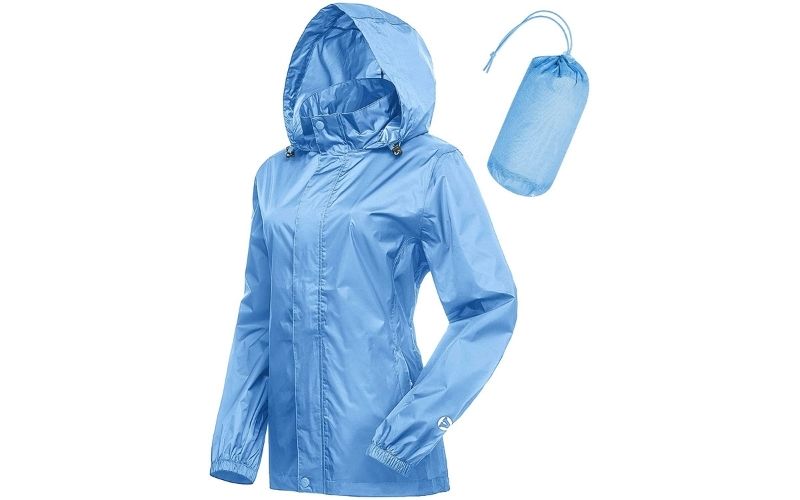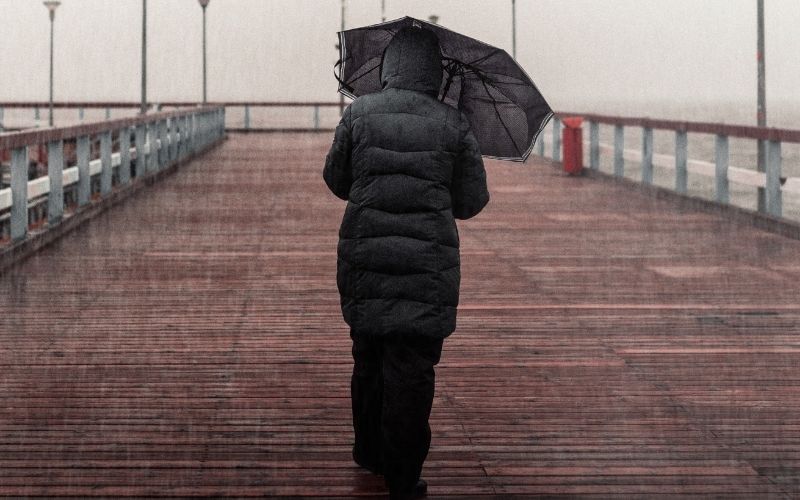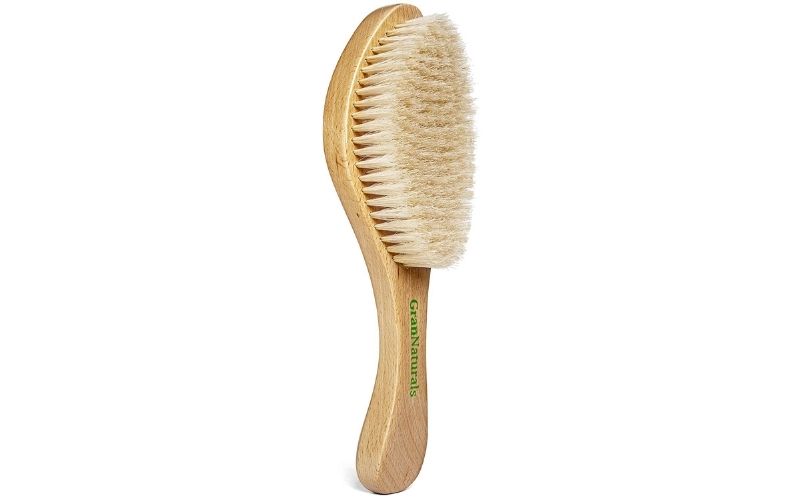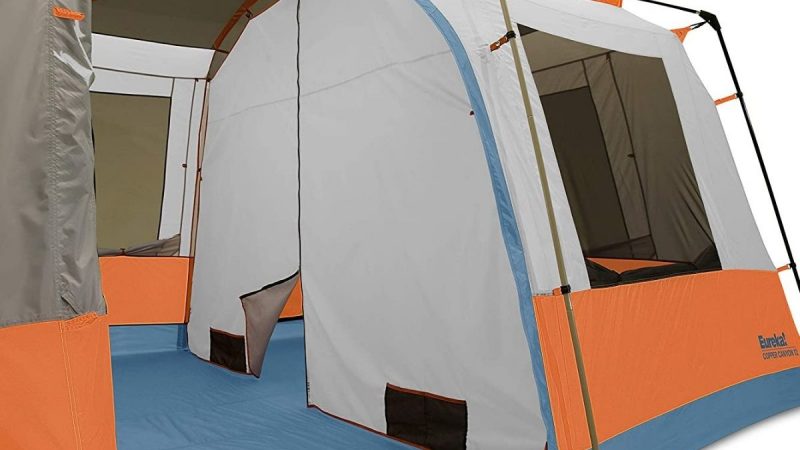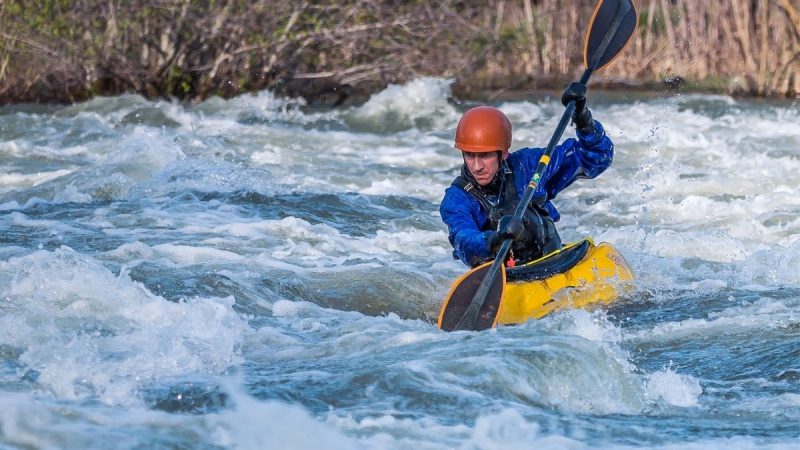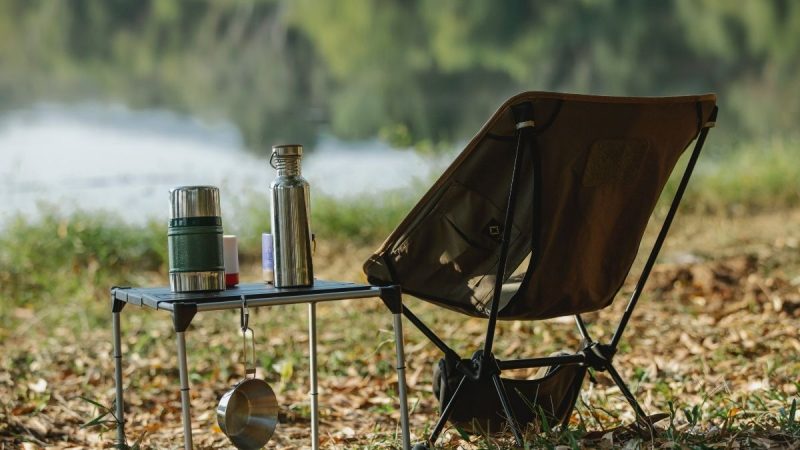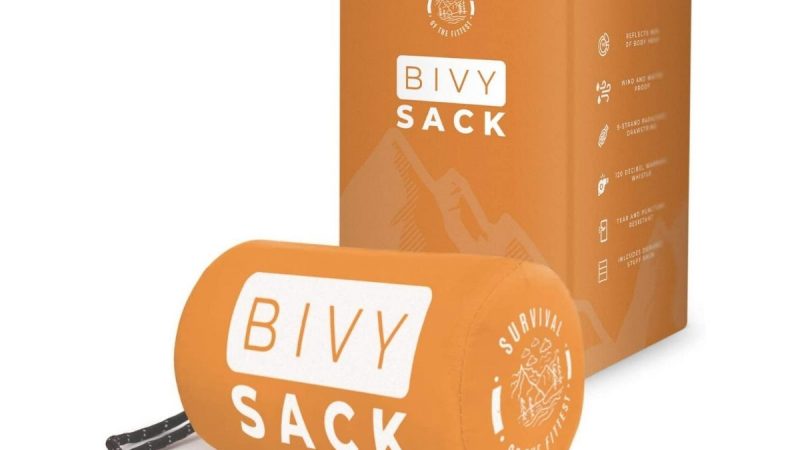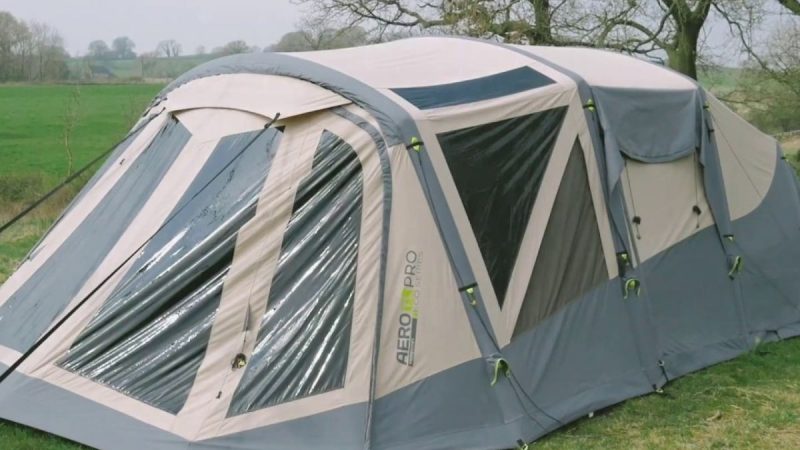8 Amazing Ways to Take Care of Your Rain Jacket

Knowing how you can take care of your rain jacket is of utmost importance when it comes to prolonging its lifespan and maintaining its performance for years to come. Caring for your rain jacket depends on three factors which we will be looking into in the article. Moreover, a well-cared and taken care rain jacket can result in longer product life of the jacket itself.
3 Major Factors to Consider when You Take Care of Your Rain Jacket
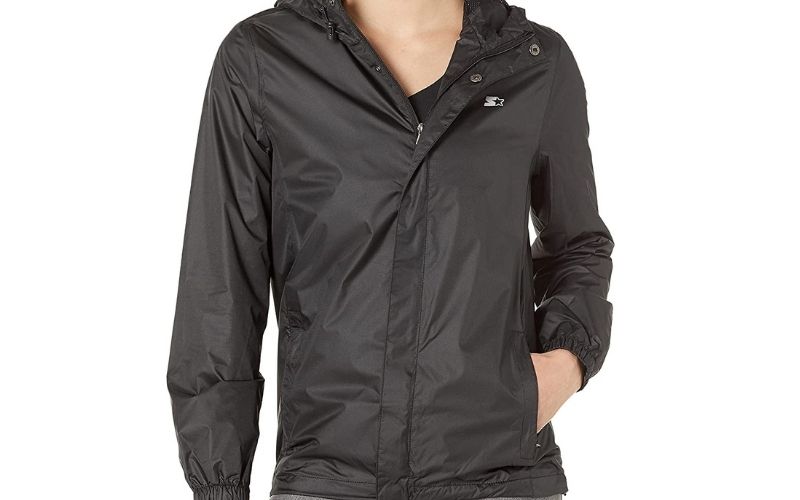
1) Fabric of the Jacket
The fabric type of your jacket has a direct impact on the level of care you will need to take while cleaning it. Different types of fabrics go into making rain jackets ranging from nylon, polyester, and Gore-Tex. The average lifespan for these three types of fabric is very different so proper care is essential which will be in details in this article.
2) Climate Where You Live
As with all outdoor products maintaining your jacket’s performance depend on the kind of environment you expose it to during its lifetime. Since weathers vary depending upon location, the kind of conditions your jacket endures after every wash or during wet conditions differ accordingly. Never ignore this factor when looking into how you can maintain your jacket for years to come.
3) Weatherproofing Techniques Used On Your Jacket
This is more of a secondary factor but still an important one to consider. Waterproofing your jacket isn’t something you can do once and forget about the rest of your life. This must be a periodical practise if not whenever you wash it. The level of water protection also varies from brand to brand making some products more susceptible to wet conditions than others. Furthermore, some waterproofing techniques last longer while others don’t make a difference at all. Knowing this information will help you in maintaining your product’s performance over the years. In the article, we have provided information on how regular maintenance can keep your jacket functioning at its peak for longer periods which will ensure that you get the most out of what you have paid for.
4) Cleaning Method for Your Jacket
Keeping in view the types of material used in making a rain jacket, a unique cleaning method is assigned to each one. This factor depends on what you do with your jacket after it has been exposed to different types of weather conditions and pollutants. So taking proper care of your rain jacket involves washing it in a specific way suitable for the fabric type used in its construction. We have also provided certain steps that should be kept in mind while following these measures so that you can take better care of your product. You can find detailed information below about how to take good care of your rain jacket among the four factors mentioned above along with several other tips and tricks that will help prolong its life span and ensure peak performance no matter the environmental conditions you are in.
5) Re-waterproofing Treatment
The final factor we will be looking into is the re-waterproofing treatment. This method of maintaining your rain jacket’s performance differs from brand to brand and also depends on the type of waterproofing technique used in manufacturing it. We have provided information on how regularly you should go about applying the re-waterproofing agent for maximum protection against water and other liquid pollutants that might damage your jacket over time.
You can find a detailed guide below on how you can take good care of your raincoat among the four factors mentioned above along with several other tips and tricks that will help prolong its life span and ensure peak performance no matter the environmental conditions you are in.
Cleaning Instructions According to Fabric Type
Nylon
This fabric is a man-made one and is the most widely used in making rain jackets. When our garment gets wet it absorbs moisture which can lead to unpleasant odors if not dried properly. Regularly hanging your jacket up under direct sunlight is a good remedy for this problem as it will dry out any dampness that has been absorbed by the fabric over time. In terms of washing, products that use nylon as their primary fabric are machine washable but they must be hung to dry naturally without being put in a drier as this will cause shrinkage and damage to the overall look of your product.
Polyester
Waterproofing coatings made from polyester provide superior breadth and durability compared to other options available. To get the most out of your product, it is advised to use a mild detergent while cleansing which will remove any unwanted dirt or impurities that have managed to make their way onto your garment. Once you are done cleaning you can either hang it under direct sunlight if not put it in the drier at the lowest temperature setting for 20 minutes which will ensure that any dampness is removed.
Waterproof Surface Care
When you are out and about during your travels you should go ahead and add a layer of re-proofing treatment depending on the type of jacket you have purchased. If your garment is water repellant then we advise that you use an umbrella instead as this will protect both yourself and the raincoat at the same time. However, if your coat is from a waterproof technology then we recommend that you first brush off any dust which might be present before applying the treatment spray directly onto the surface. Make sure you read all instructions on how often this step should repeat as it depends on the type of coating used for manufacturing.
Our 8 step guide to taking care of your rain jacket
1. Wash it Regularly

Washing your rain jacket is an important safeguard against dirt and grime, which can contribute to premature wear and tear on the exterior fabric. For this wash to make a significant difference, however, you should use a soap-free detergent designed specifically for technical fabrics like GORE-TEX®. Your local outfitter likely stocks several products that will work perfectly. Nikwax Tech Wash®, Grangers® Performance Wash, or Granger’s® Extreme Clean are all effective options that are through all tests for compatibility with waterproof breathable membranes. If you’re not able to get your hands on one of these specialty products, then quit gum and soda. This is because these household items can also be used successfully.
Do not put your waterproof coat in the dryer! Instead, hang it up under direct sunlight which will help to speed up the drying process. Also, make sure you clean it at least once a month (more often if required) to prevent dirt from accumulating inside the fabric.
2. Keep Dust Away

When walking or cycling during times where conditions are particularly dusty, take some time to brush off any particles that have managed to make their way onto your rain jacket using either a soft-bristled brush or brush attachment for your vacuum cleaner. You should do this before washing as it is much easier than removing stubborn dirt.
3. Regular Treatment with a Water Repellent
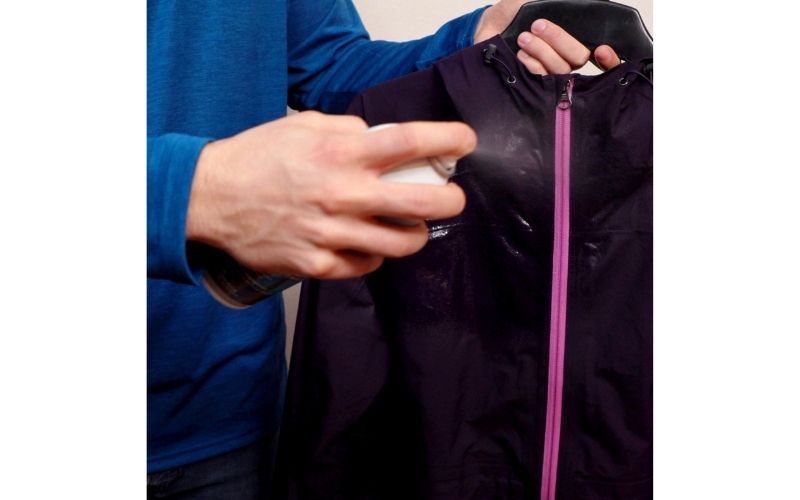
Application of a layer of re-proofing treatment to your rain jacket is advisable depending on the type of product you have bought and its ability to repel liquids. This will help the garment in repelling any unwanted moisture from absorbing into its surface which can otherwise lead to unhygienic smells and dampness. However, if your fabric is already waterproof then we advise that you skip this step and invest in an umbrella instead (you’ll still want wind protection though).
4. Use a Mesh Laundry Bag for Washing Your Coat!

When it comes time to wash your garment there are several things you can do to protect it; we recommend using a mesh laundry bag is available as this will prevent the jacket from snagging on anything else that might be in your machine. If you don’t have one of these, however, then another trick is to tie the sleeves together across the chest. This way none of the hook and loop fasteners come undone which can lead to stuck zippers or ripped seams.
5. Don’t Use Bleach

Never use bleach when washing your rain jacket or any other water-resistant clothing for that matter. Not only does it not clean effectively but it also deteriorates waterproof membrane coatings almost immediately making them less effective at blocking water from coming through! It’s best to avoid using chlorine household cleaners too. This is because they are also popular to damage these membranes significantly.
6. Don’t Use Fabric Softener!
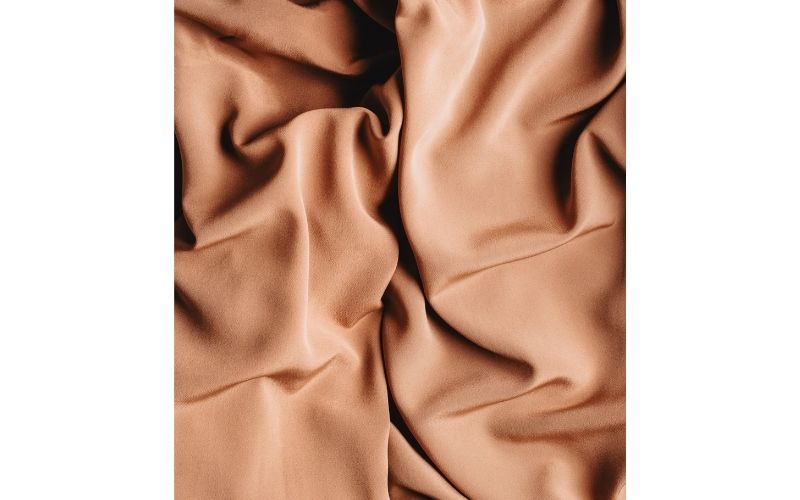
Fabric softeners do not have a place when it comes to waterproof breathable garments. They coat the material in a thin layer of chemicals. This is because this can prevent water from absorbing in the surface, instead of causing it to remain on the outside. This is where it becomes trapped and leads to reduced breathability and increased weight. This can also lead to leaks so steer clear! Additionally, they add static electricity to your clothing which attracts dirt and grime much more easily than normal, defeating one of their original purposes for existing in the first place! Leave your down jackets alone too as this treatment will reduce their insulative properties by removing any natural oils from within them.
7. Don’t Use Washer Dryers!
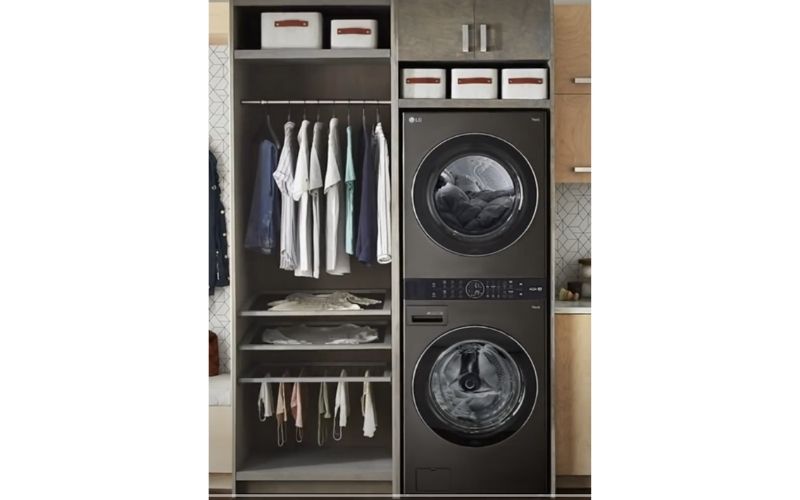
The last thing you want to do is put your rain jacket in a tumble dryer after washing. This is because the high temperatures will cause fabric degradation and reduce waterproof performance. Even if you can’t see any damage, there could be microscopic tears that you can’t even see which might cause leaks when out on the trail. Instead, let your wet garment drip dry outside under direct sunlight or inside near a window (make sure it’s not raining!) which should speed up drying time considerably compared to alternatives such as clothes horses, and radiators.
8. It Doesn’t Hurt to Use a Product Like Nikwax TX Direct Wash In™
If you’re struggling with keeping the water out of your garments then use a product like Nikwax TX Direct Wash In™ which is for waterproof your clothes, or apply a layer of re-proofing treatment to it after washing, can help. Just remember that any treatment applied should go completely into the fabric and not sit on top as this will reduce breathability and make you feel hotter! As before though, if your garment is already breathable then there’s no point in doing this as it won’t work. The last thing you want to do is use several different products at once without looking up how they might interact with each other because every fabric combination has its care instructions meaning that one size does not fit all when it comes to caring for our gear.
How to Reapply Your Repel Finish?
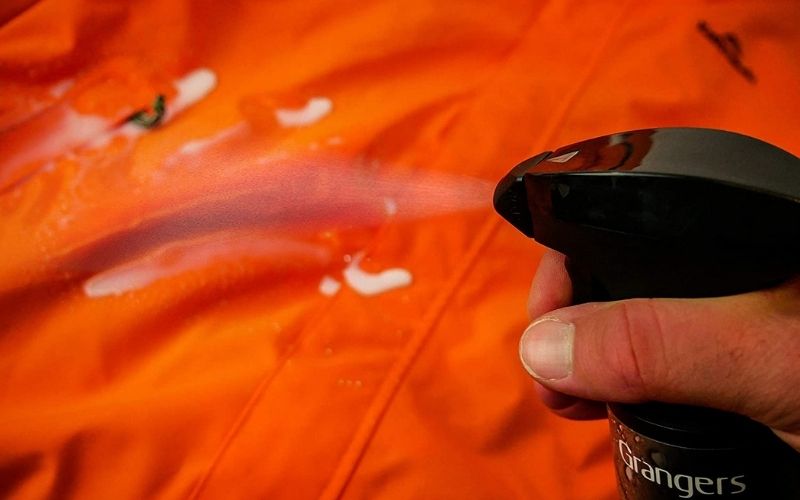
There are two ways in which you can apply your spray-on re-waterproofing solution, either through hand or machine application. Hand application is ideal for smaller garments while large jackets would require cleaning using the high-pressure equipment designed specifically for this purpose. The following instructions show how each of these two processes works:
Hand Application Process
Make sure you first shake the bottle containing the sprays well before use to make sure that mixing is even. With your garment flat on the floor, hold the spray nozzle 6″-10″ away from the surface and in a sweeping motion apply an even coat of product across the entire surface until the spreading is even.
Using either a microfiber cloth or paper towels, gently work the solution into the fabric in tiny circular motions which will help build up its repellency layer more quickly than just applying it in one go. Remember though not to rub too hard because this might cause damage especially when applying to delicate fabrics like Gore-Tex.
Machine Application Process
For garments made of nylon or polyester material, you can use your machine’s gentle cycle without any detergents when applying your re-waterproofing solution. This is possible by simply attaching the hose to the nozzle and turning it on for five minutes which should be enough time to apply an even coat without causing any damage to its fabric and seams.
For garments made of Gore-Tex or eVent, you will need to turn off your machine’s agitator otherwise it might cause damage. Also, make sure that the water-only setting is in order not to use too much water which could lead to increased fabric weight and increased drying times when compared with just hand washing alone! Once this is through, attach the hose again. Turn on the unit and mix in a maximum of four ounces (100ml) into each load.
This process should repeat twice. With the first cycle using clean fresh water and the second cycle using your re-waterproofing solution mixed in at four ounces (100 ml) per machine load.
Materials, Equipments and Tools Needed to Take Care of Your Rain Jacket
- Mild Laundry Detergent (Liquid)
- Enzyme-based Stain Remover (optional)
- Soft Bristle Brush (optional, for stains and dirty areas on your garment)
- Microfiber Cloths or Paper Towels
More Tips in Taking Care of Your Rain Jacket
- Always read the care label – This way you get to know the best way of washing your garment. This is without risking damaging the fabric. To keep your gear light and dry, you can use a mesh bag when machine washing it. This step is so that there will not be any tangling with other clothes in the drum.
- When hand washing your garment, don’t forget to place it inside a laundry bag. Next tie this bag to your machine’s tub using a rubber band or clothes line.
- Do not use wash-in waterproofing solution. tTis might cause clogging and other forms of damage that will destroy the performance of your garment.
- Waterproofing vs Water Repellent – while these two terms sound similar and in use interchangeably, there is actually one important difference between them. Waterproofing means that your garment is totally impermeable to water. The latter just means that it can resist water from entering its surface.
Conclusion
To conclude with, it is very essential to be in the know about how to take care of your rain jacket. Especially if you are a backpacker or a constant traveler, it is very critical to have the know-how on how to protect your gear from being damaged. Always remember that if you are successful in keeping it in good condition, then you will have a much longer lifetime use out of your rain jacket!
Moreover, if you are traveling during the rainy season, it is wise to know how you can survive a thunderstorm in the woods. Prior knowledge is key for backpackers and if you are one. This way you know how it is to be wet for three days straight. I have been there, done that more than once!
So if the rain hits your gear again this season, no worries because you know what to do! Remember that knowledge can save you time and money especially when talking about outdoor gear.

